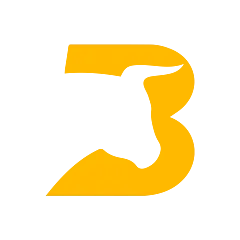**Summary**
AI tools for text-to-image generation and code generation have recently undergone significant advancements. These tools, initially limited in scope, are now capable of producing high-quality results in various domains, including art, design, and software development. This expansion of capabilities has the potential to transform creative and technical workflows.
**Text-to-Image Generation**
Text-to-image AI tools allow users to create visual representations by simply inputting text descriptions. This technology has matured considerably, leading to the emergence of tools like DALL-E 2, Imagen, and Midjourney. These tools enable users to generate realistic and visually appealing images from scratch, empowering artists, designers, and even non-professionals to explore their creativity.
**Code Generation**
AI for code generation has also made substantial strides. Tools such as GitHub Copilot and TabNine assist developers in writing code by generating suggestions and completing lines of code. These tools leverage natural language processing (NLP) to understand the context of code and generate relevant code snippets. This capability significantly accelerates the development process and reduces the need for manual coding, particularly for repetitive or boilerplate tasks.
**Enhanced Capabilities**
Recent advancements in these AI tools have expanded their capabilities beyond their initial limitations. Text-to-image tools can now handle complex prompts, generate images in various styles, and even edit existing images. Similarly, code generation tools have improved their accuracy, can handle complex coding challenges, and can even generate code in multiple programming languages.
**Impact on Creative and Technical Industries**
The advancement of these AI tools is expected to have a profound impact on creative and technical industries. In the art world, text-to-image tools could democratize art creation and challenge traditional notions of authorship. In design, these tools could streamline the design process and enable the creation of visually stunning and unique designs. For software developers, code generation tools could enhance productivity and efficiency, freeing up time for more complex tasks.
**Ethical Considerations**
Despite the benefits, the use of AI tools for text-to-image and code generation raises ethical concerns. Issues such as copyright infringement, bias in data sets, and the potential displacement of human workers need to be carefully addressed to ensure responsible and ethical use of these powerful technologies.
**Conclusion**
The rapid evolution of AI tools for text-to-image and code generation marks a significant milestone in the field of artificial intelligence. These tools provide creators and developers with unprecedented capabilities for creating visual and code-based content, opening up new possibilities for creative expression and technical innovation. However, it is crucial to navigate the ethical implications and ensure that these technologies are used responsibly to maximize their benefits while mitigating potential risks..


